|
"Yup, best little rookery in Texas . . . " Pair of Roseate Spoonbills, Smith Oaks Rookery, High Island, Texas, April 26, 2019. The last week of April we traveled to Houston Texas and birded the Big Thicket and Texas Coast with Naturalist Journeys, led by Robert Behrstock and Robert Gallardo. We were joined by 8 other birders, and had a great trip and a great adventure. It is impossible to blog about the whole trip, but in coming weeks I hope to hit some high points, starting with the Smith Oaks Rookery on High Island, Texas. Rookery viewed from one of the elevated viewing structures at Smith Oaks. High Island Texas is situated on a tall salt dome on Bolivar Peninsula, to the east of Galveston. It rises 38 feet above sea level making it the highest point on the Gulf of Mexico between Mobile, Alabama, and the Yucatan Peninsula. A popular area to settle in the 19th century, it became an oil producing area from the 1930's until the 1980's [Ref: Texas State Historical Association]. More recently the Houston Audubon Society has obtained land from private residents and oil producers, creating four sanctuaries, the two largest being Boy Scout Woods and Smith Oaks, the latter including a rookery. The rookery at Smith Oaks is in Claybottom Pond, which was obtained from Amoco in 1994. In prior years industrial use had left an island in the middle of the pond which now suits itself perfectly for the rookery. By the mid 1990's herons were nesting on the island and then Roseate Spoonbills. By 2003 there were over 1000 nesting pairs at the rookery, including Great Egrets, Snowy and Cattle Egrets, Little Blue and Tricolored Herons, White Ibis, Neotropic Cormorants and Spoonbills. [Ref: Houston Audubon Society] The edge of the pond that is accessible to visitors has a series of two story viewing platforms making it easy to view and photograph nesting families up close. See photo above. Let's look at three birds that I captured on the 26th. Great EgretGreat Egret and chicks. Note the single Roseate Spoonbill just below the nest. They seem to prefer breeding close to each other. Great Egrets are stately white waders of southeastern coastal shores, ponds, marshes and mudflats. (They are winter residents in SE Arizona, where you can see them in prior blog posts.) Nesting pairs were in abundance at the rookery in April. Above, a parent with what appears to be three hatchlings. Both parents feed the offspring by regurgitating the adult diet which is predominantly fish. Below, the Great Egret nest crowded in among other species and breeders, including a Roseate Spoonbill. This is the preferred environment for these birds, with the Egrets building sturdy stick nests 10 to 40 feet above the ground. The island is ideal for nesting, being free of predatory mammals. However, the pond itself it full of alligators, and woe to the random chick that falls into the water. Great Egrets feed by regurgitation. In the sequence below we see two large fledglings ("When are those kids going to leave home!") aggressively looking for food from the parent, and competing with the sibling as well. One fledgling grabs the parent before any feeding can even begin. The sibling piles on. And you think dinner at your house is tough! It is not clear whether any feeding actually occurred during this sequence. Below it looks like the parent's eyes are in peril. The scrum continues. Finally some relief with vision intact. Hopefully the other parent is on the way with a crop full of fish. Neotropic CormorantCormorants are thin diving birds with feathers specially adapted to absorb water, becoming wet and heavy, facilitating the dive underwater for prey, predominantly fish. The birds cannot fly until their feathers are dry, so Cormorants are often seen in coastal areas or near ponds sitting on a rock with their wings outstretched, drying in the wind. The birds we see here are Neotropic Cormorants, the same species that is common on ponds in Tucson. Cormorants are social birds, and are often seen together, here nesting. At the rookery they will nest as a group, above, or close to other birds, below. Below, a pair of Neotropic Cormorants at their nest with chicks. Cormorants feed their young with regurgitated food. Given their ability to swallow fish head first, they "swallow" their offspring's head, so it can feed off of food in the parents crop. Offspring are fed by both parents. Here we see a feeding sequence begin. The chick ventures into the parent's mouth, and seems to completely disappear. Above, the whole head in in Mom's (or Dad's) throat, and the chick is feeding from the crop. Below, the chick comes up for air. On the left, we can see the other parent feeding another chick. If you are swallowing fish and frogs all day, head first, this looks easy. Certainly less hassle than the Great Egret feed, which looked more like a WWF match than a family meal. Roseate SpoonbillRoseate Spoonbills are in the same family (Threskiornithidae) as Ibises, and like Ibises they probe in the muck or feel about in water for their food. Of the 6 species of Spoonbill in the world, the Roseate Spoonbill is the only one that lives in the U.S., inhabiting the shallow coastal waters of Texas, east to Florida. They eat small fish and aquatic invertebrates by sweeping their flat bills back and forth in the water. They get their pink coloration from carotenoids in the food they eat. Their bright coloration and spoonbill make them look more suited for animation on the big screen than foraging in coastal waters. The spoonbills at the rookery seemed to still be in nest building stage. Eggs or chicks were not in evidence. Spoonbills are definitely awkward standing, but elegant in flight. Below are three images I grabbed on April 27th as a Roseate Spoonbill flew over Anahuac Wildlife Refuge, just north and west of High Island. References:
That's all for now! More on the Texas coast soon. Happy trails!
3 Comments
Jan Davies
5/9/2019 09:17:38 pm
You have certainly found some VERY important birds and captured their activity on film !!! Such a great hobby.
Reply
SALLY CRUM
5/10/2019 09:24:20 am
Thank you for sharing your adventures and beautiful photos. I'm learning so much about our feathered friends from your site!
Reply
Loretta Selinger
5/10/2019 09:27:17 am
Thank you for posting so many great shots. Hopefully you have some of the other sites we visited. As one of the non photographers in the group I am so grateful that so many took the time and energy to take these unforgettable images.
Reply
Leave a Reply. |
AuthorHenry Johnson, photographer and author of this site. For more detail, see About
Categories
All
Archives
July 2024
|
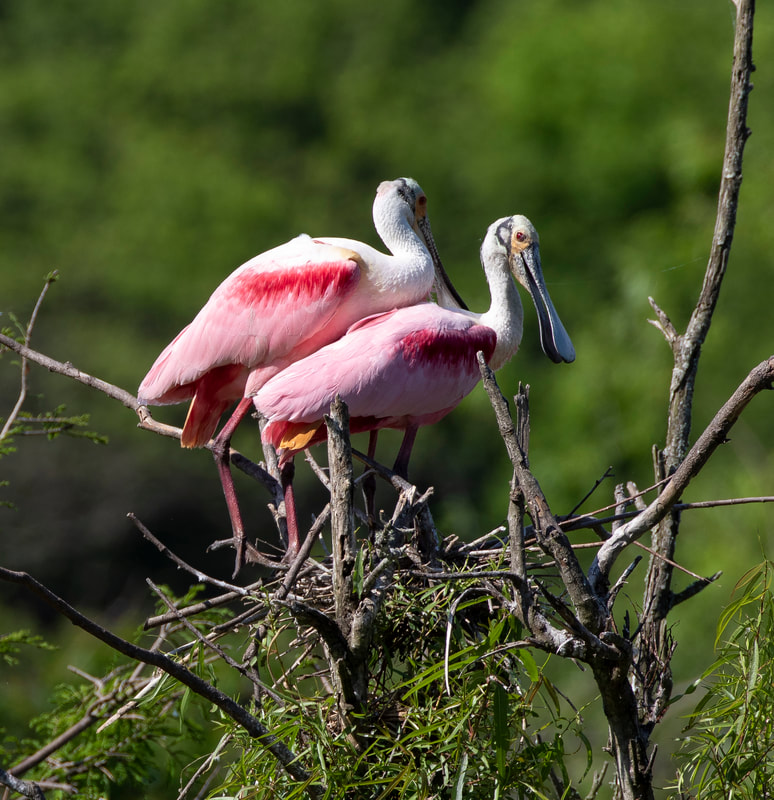
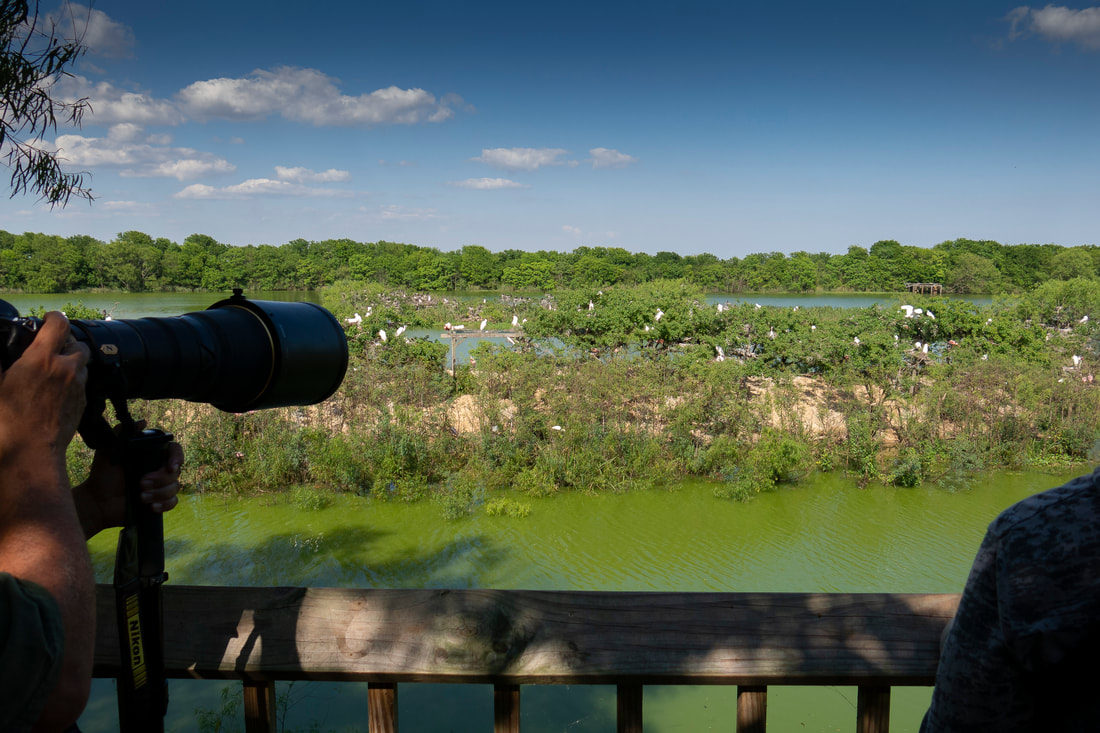
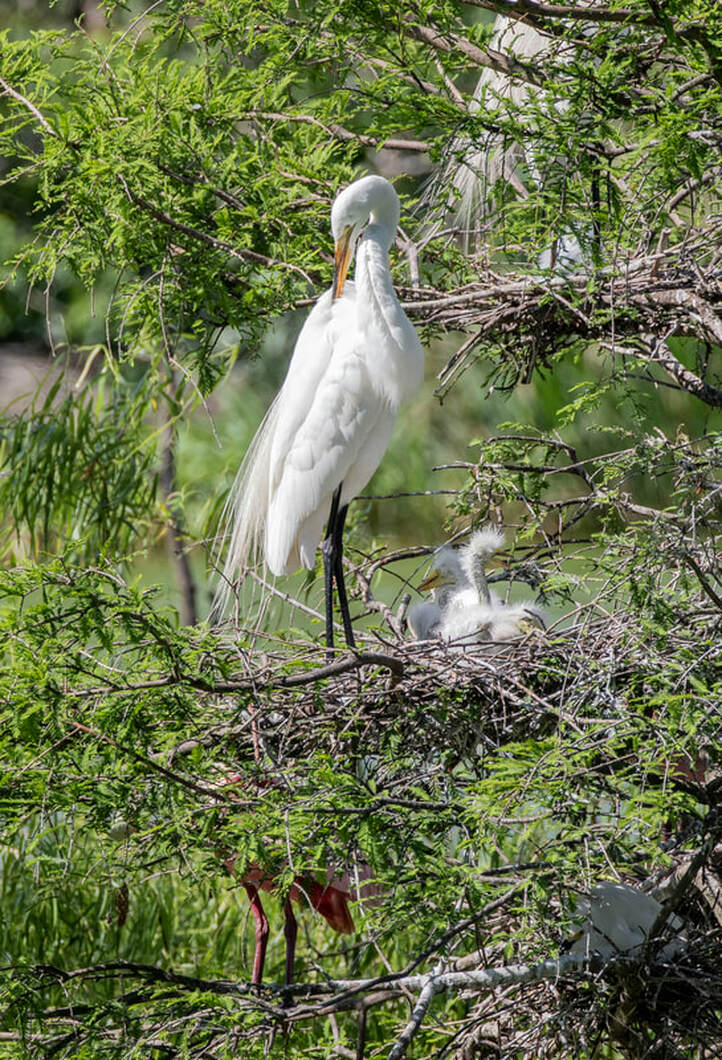
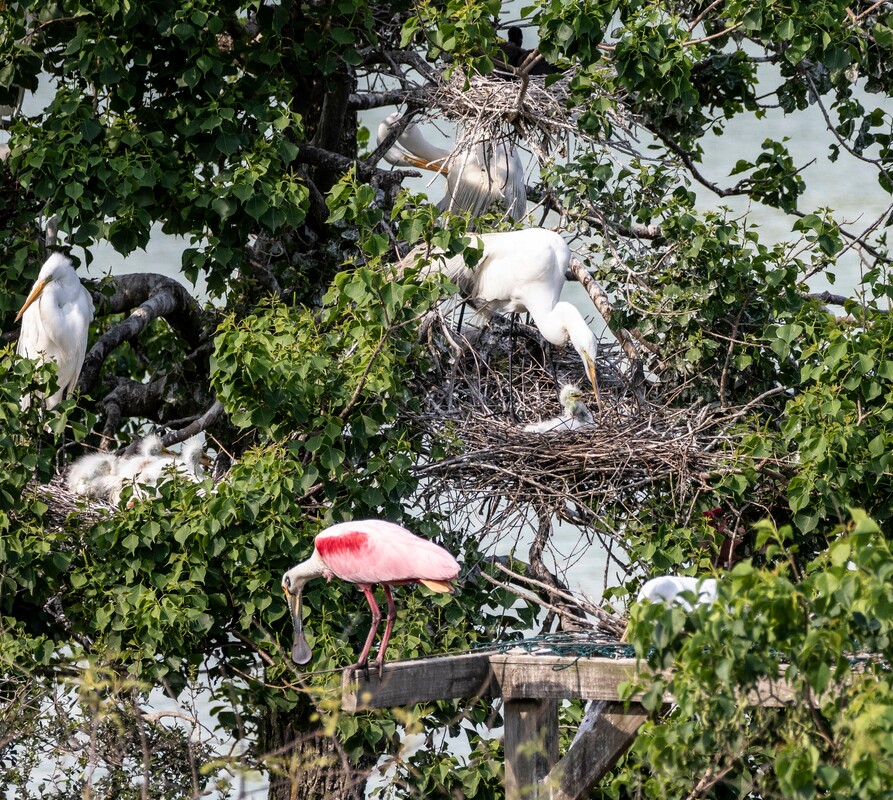
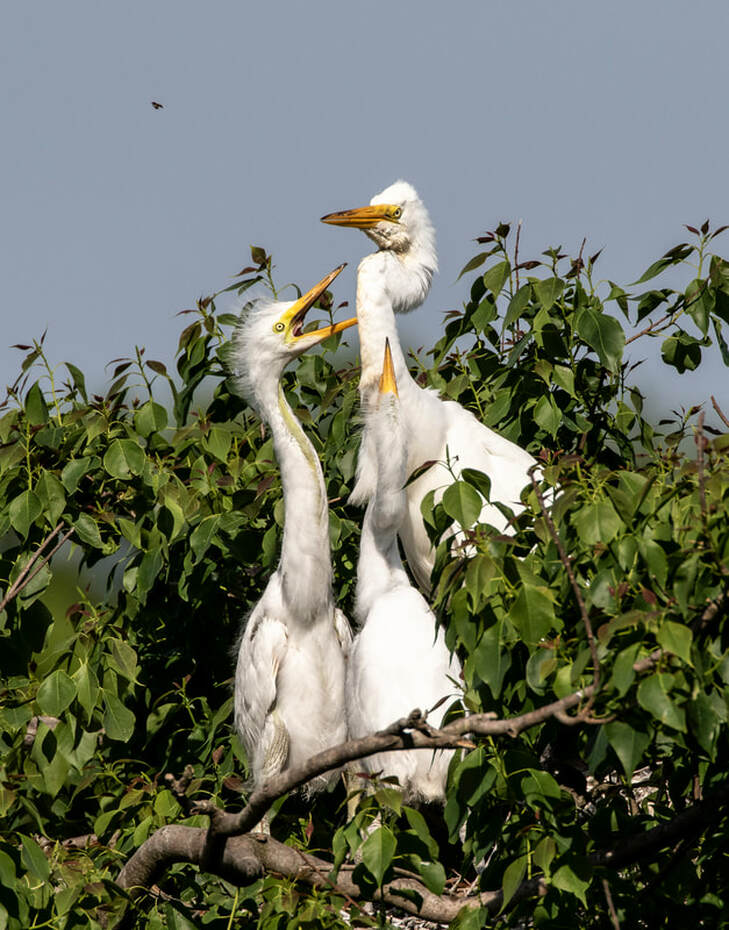

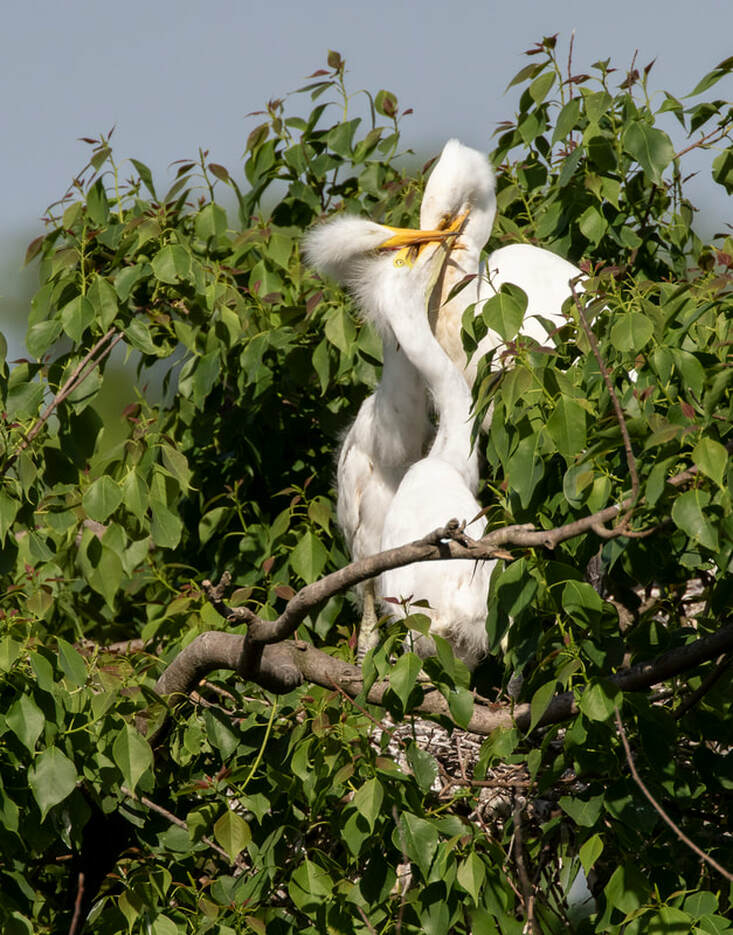
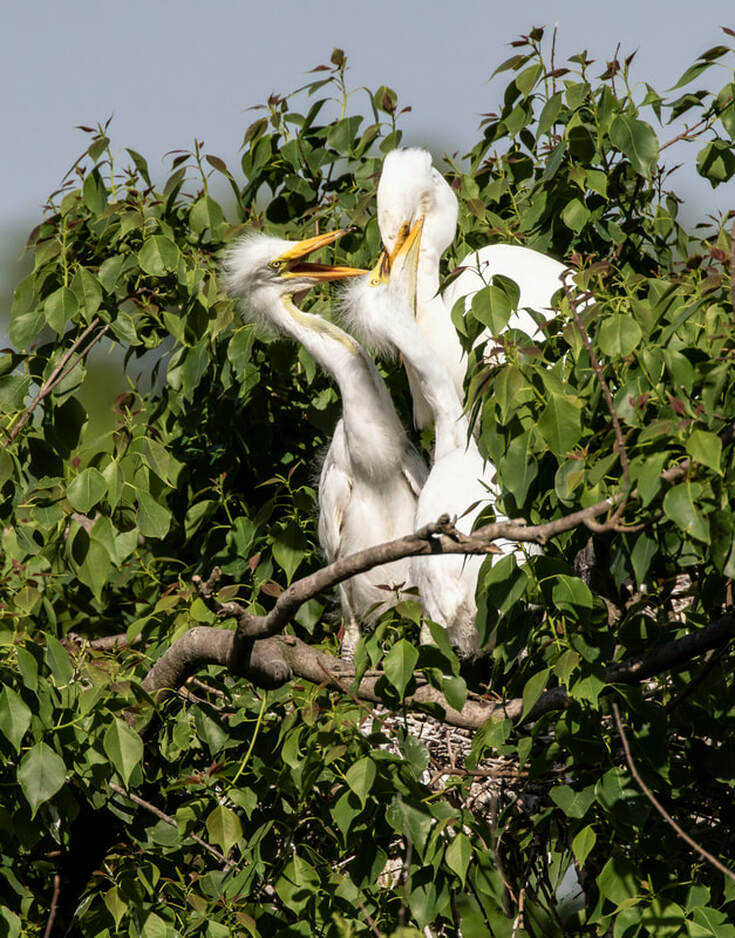
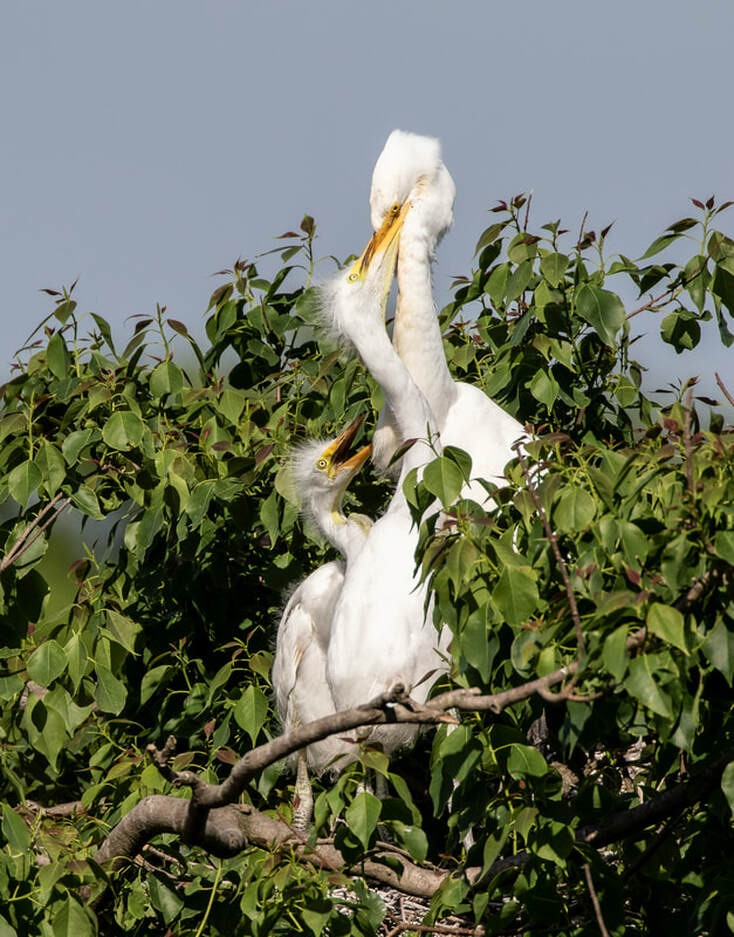
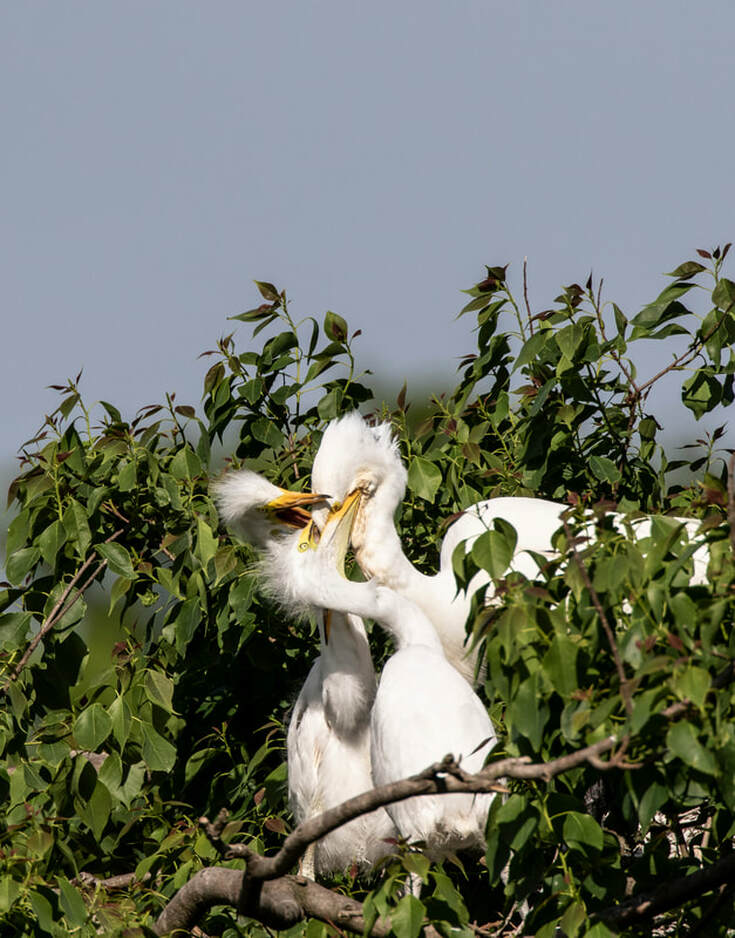
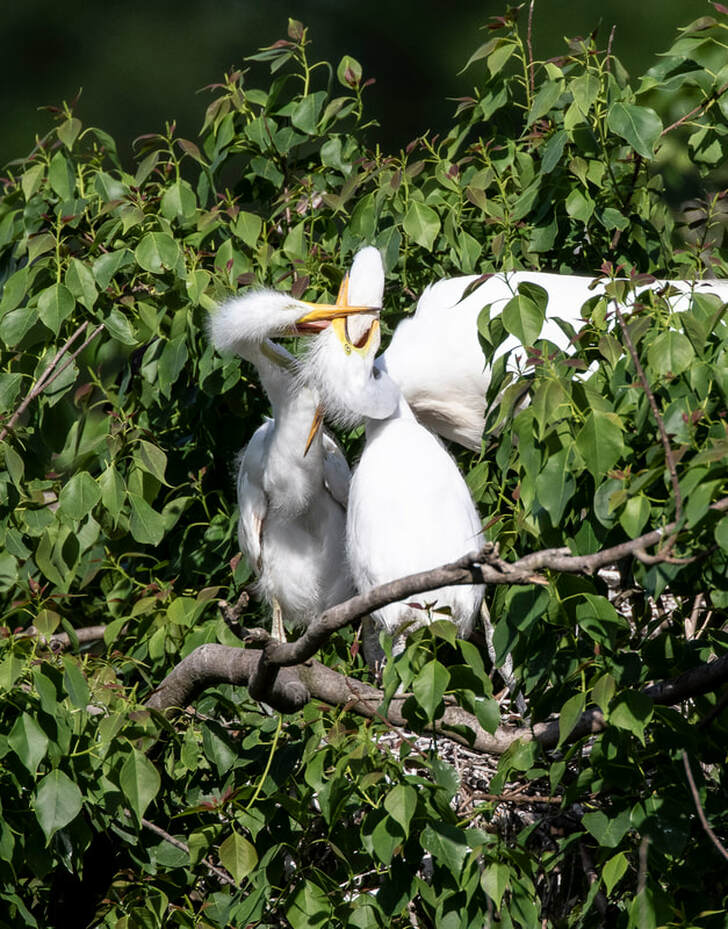
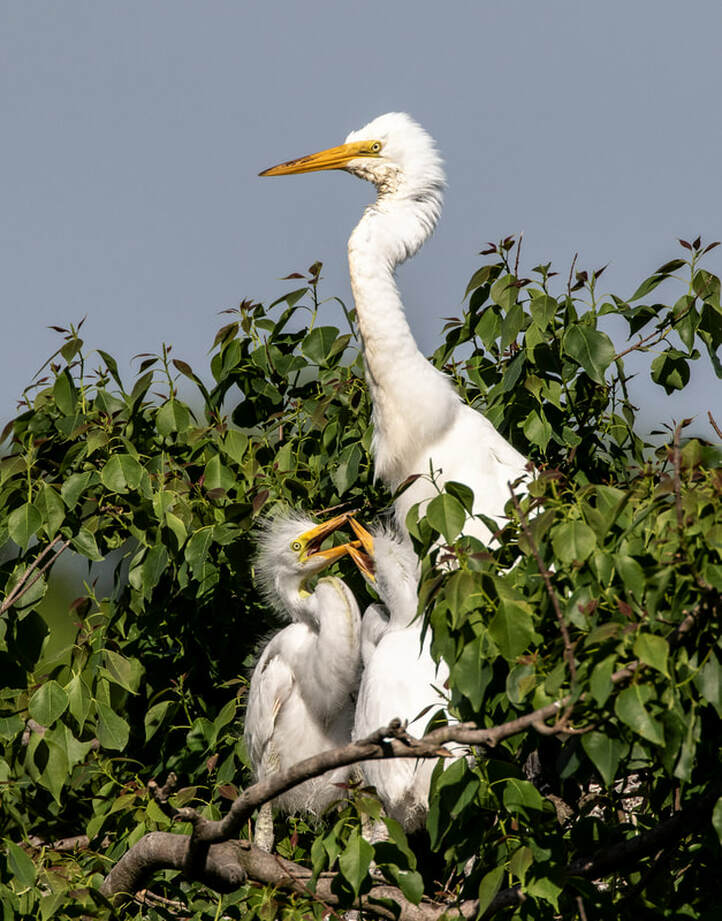
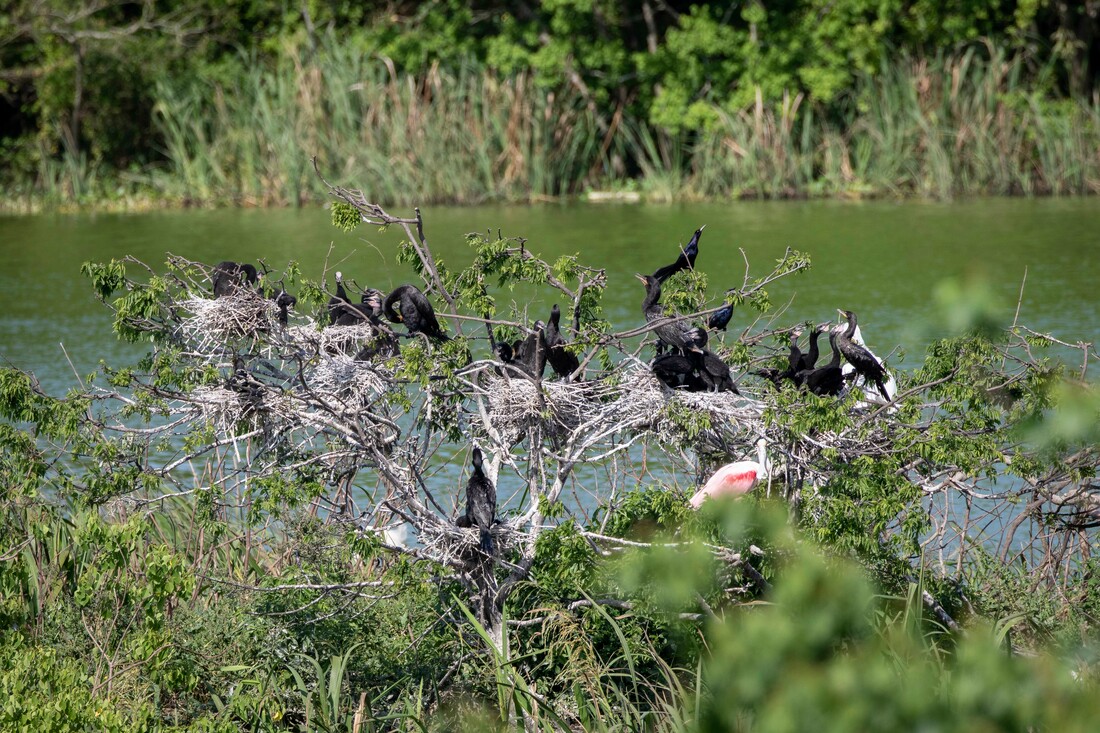

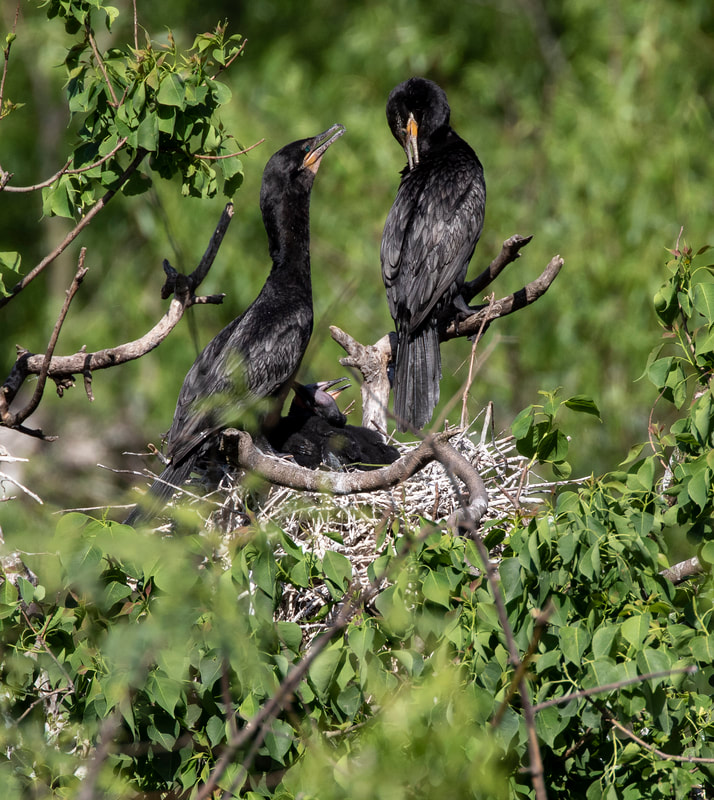
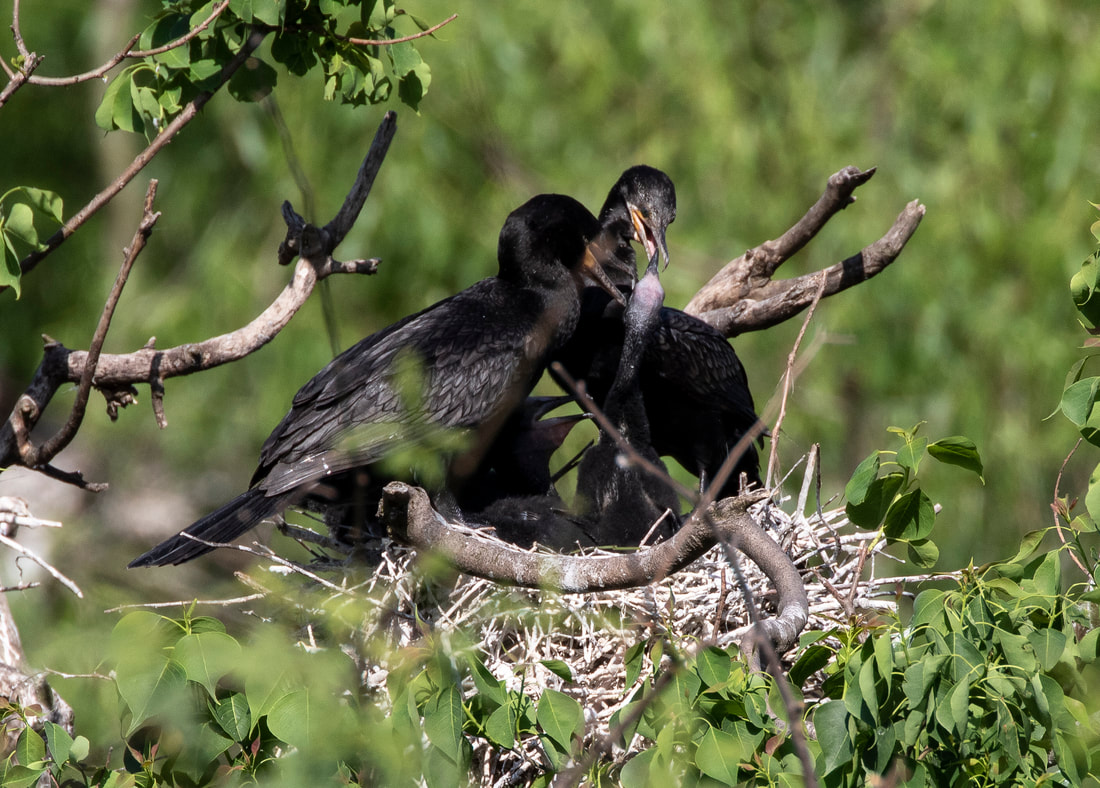
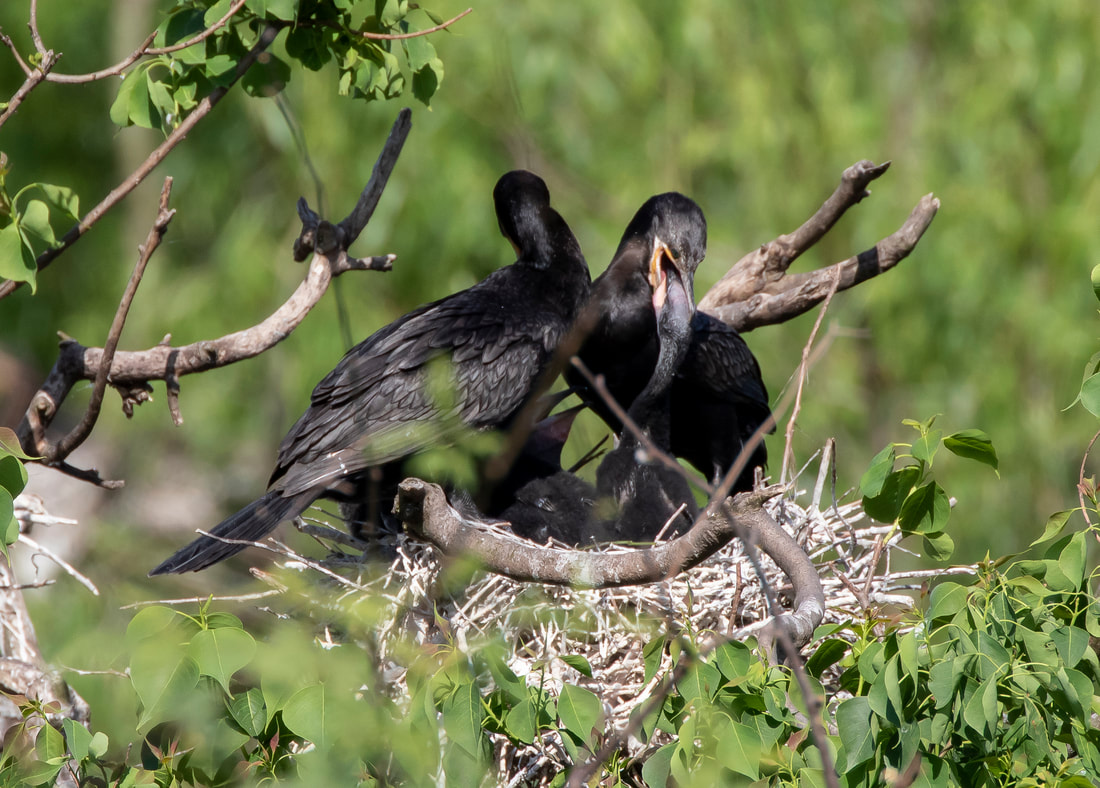
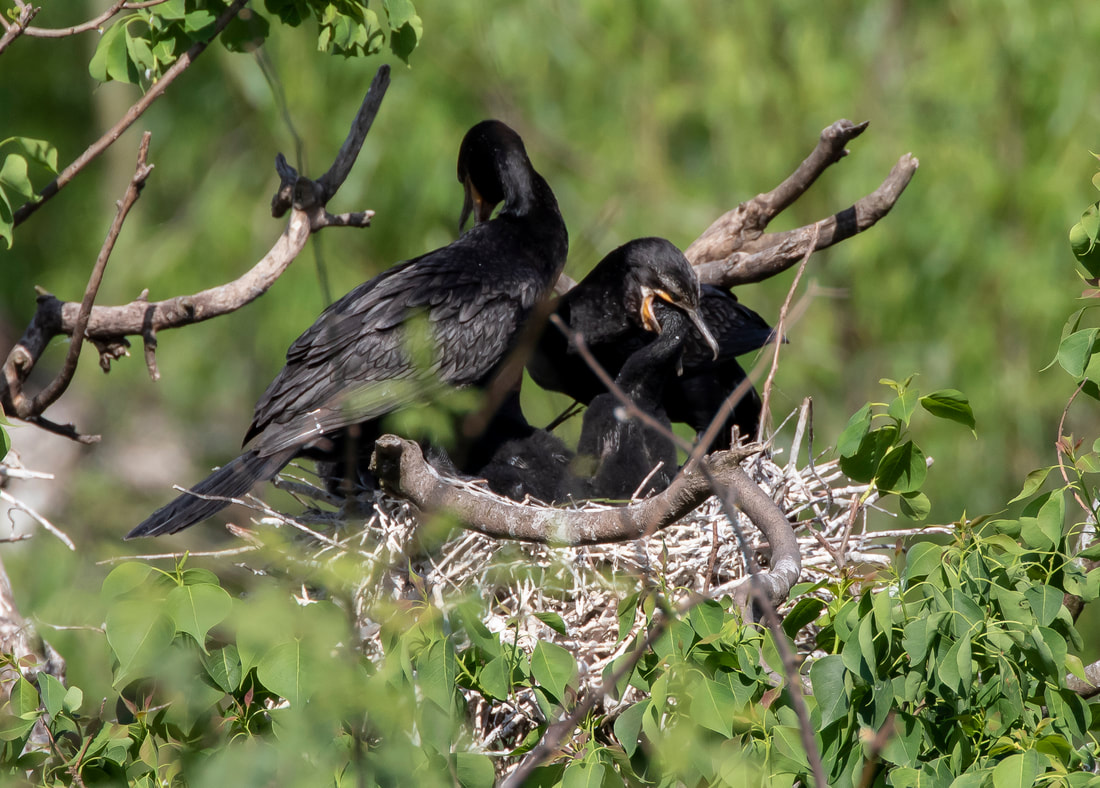
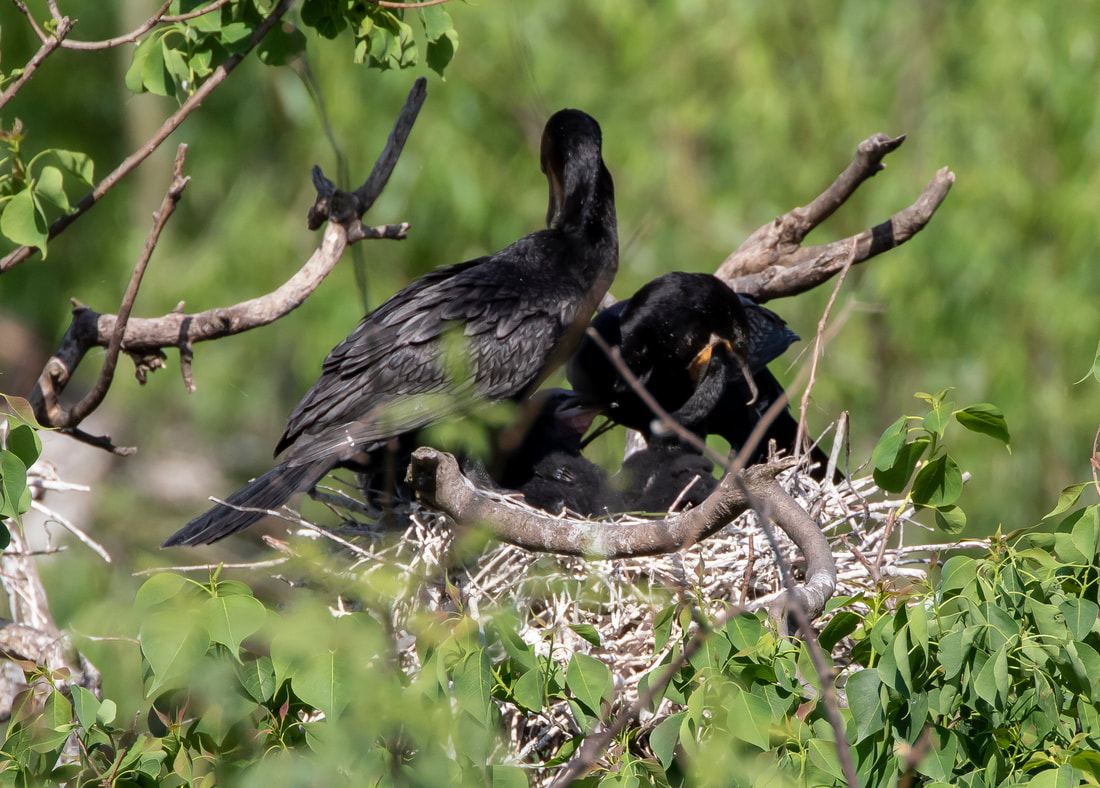
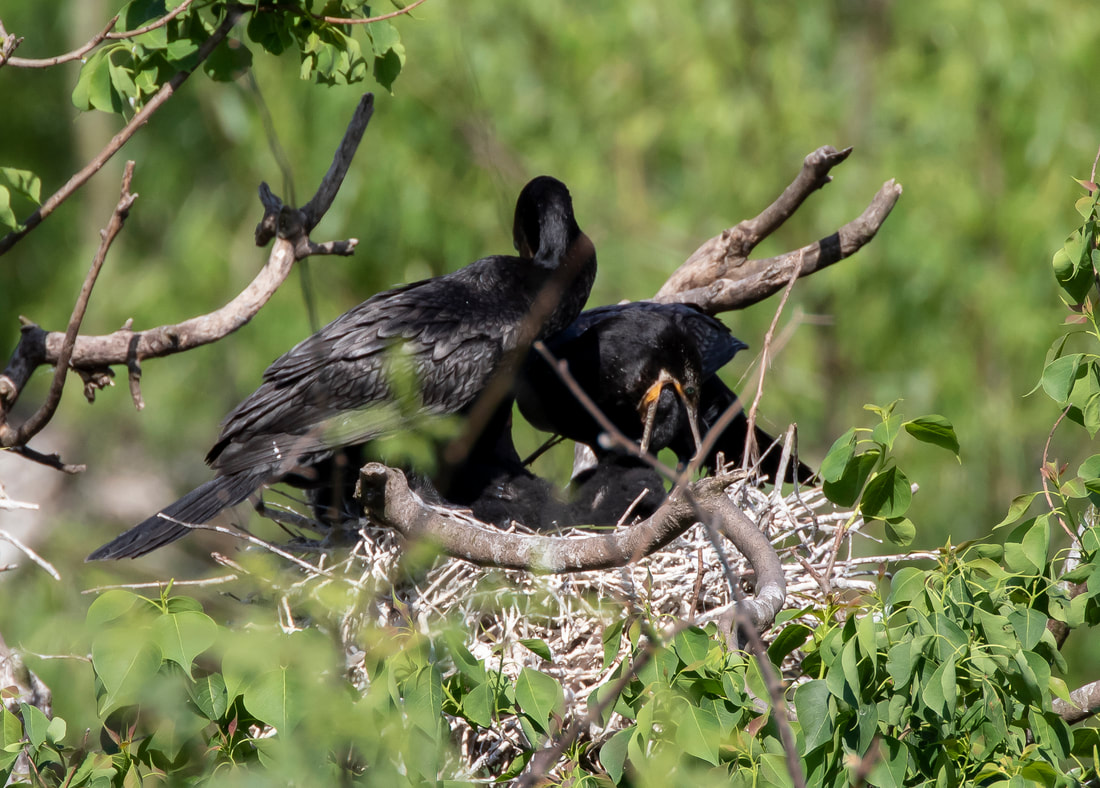
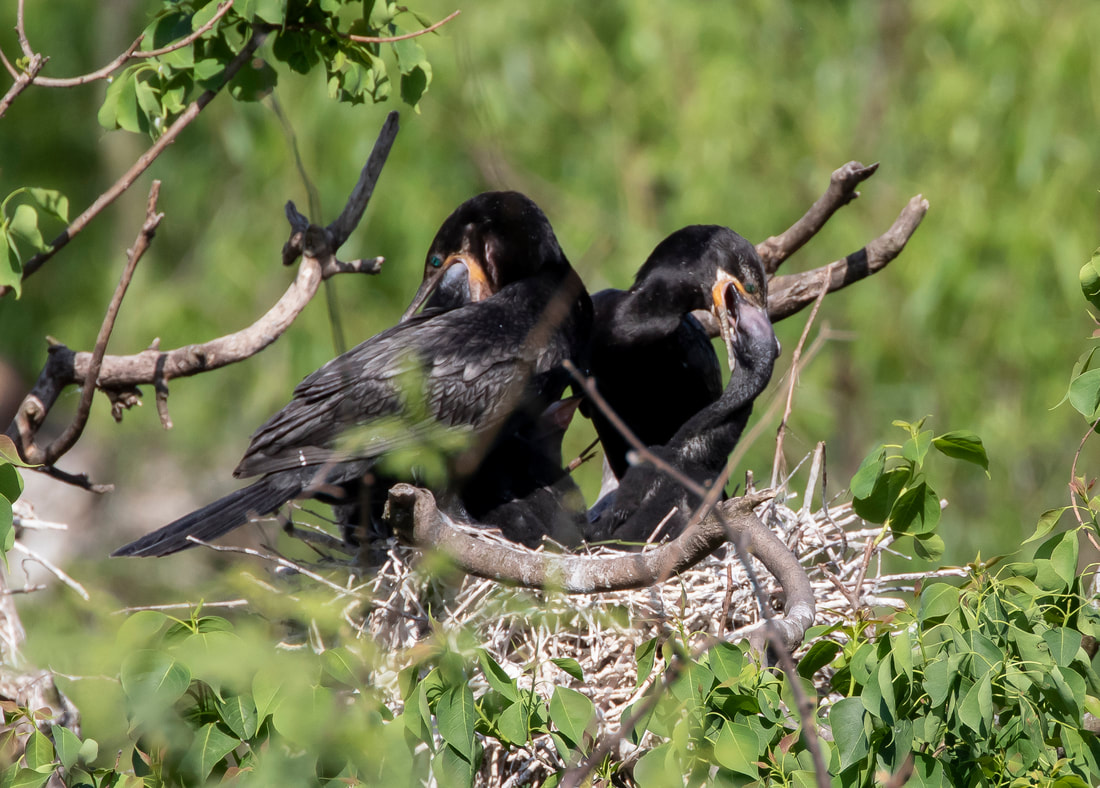
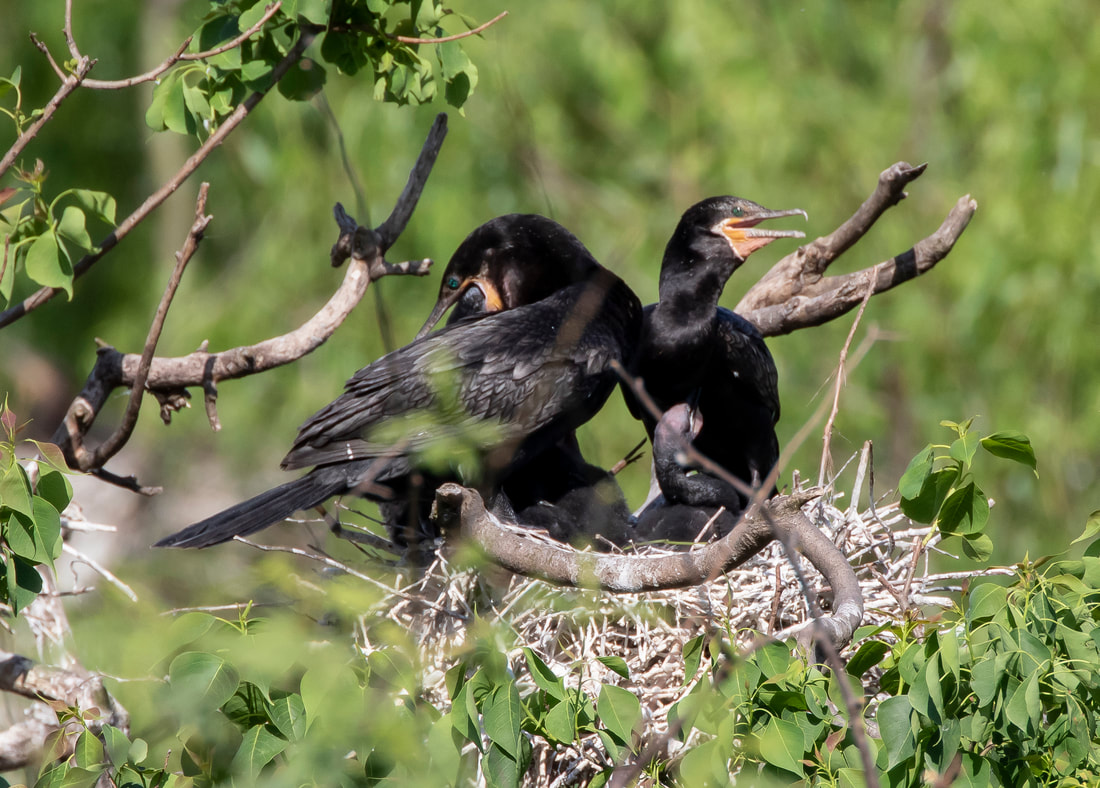
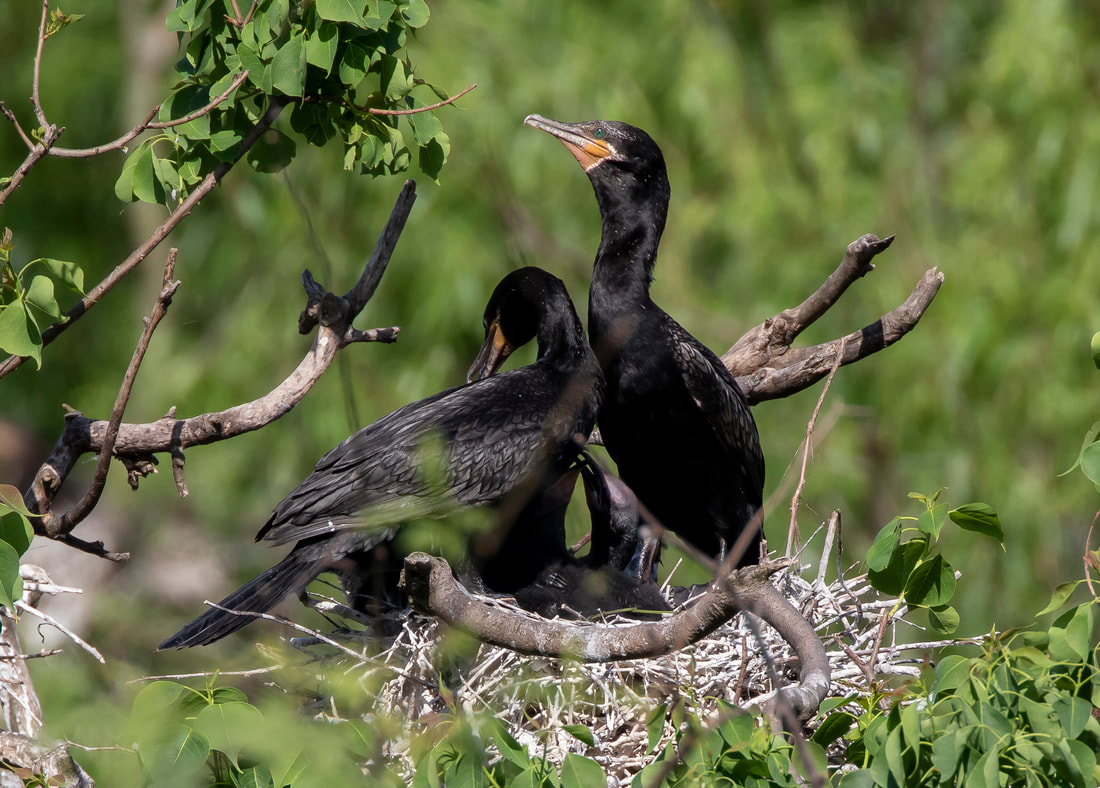
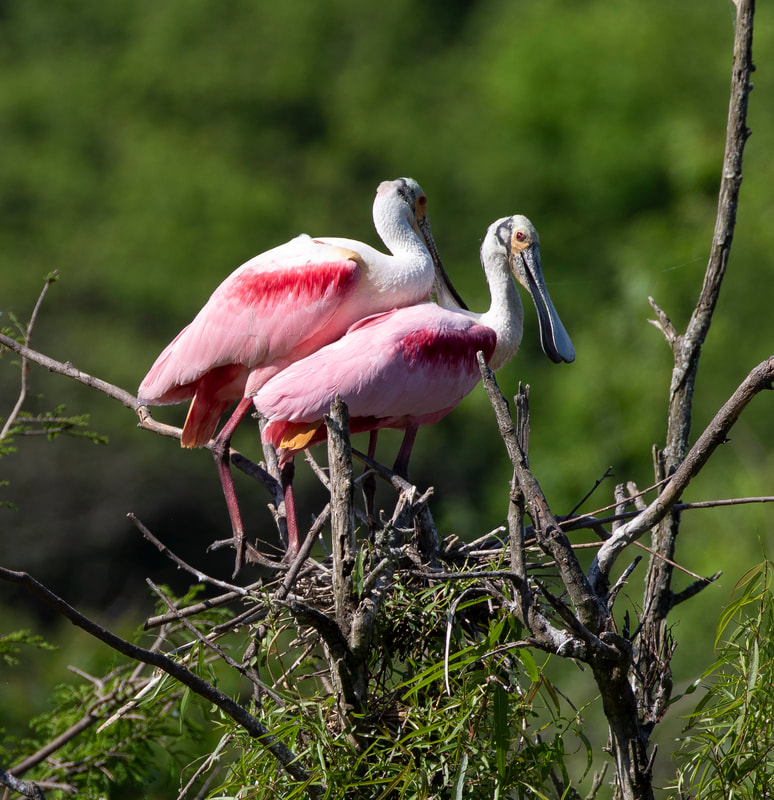
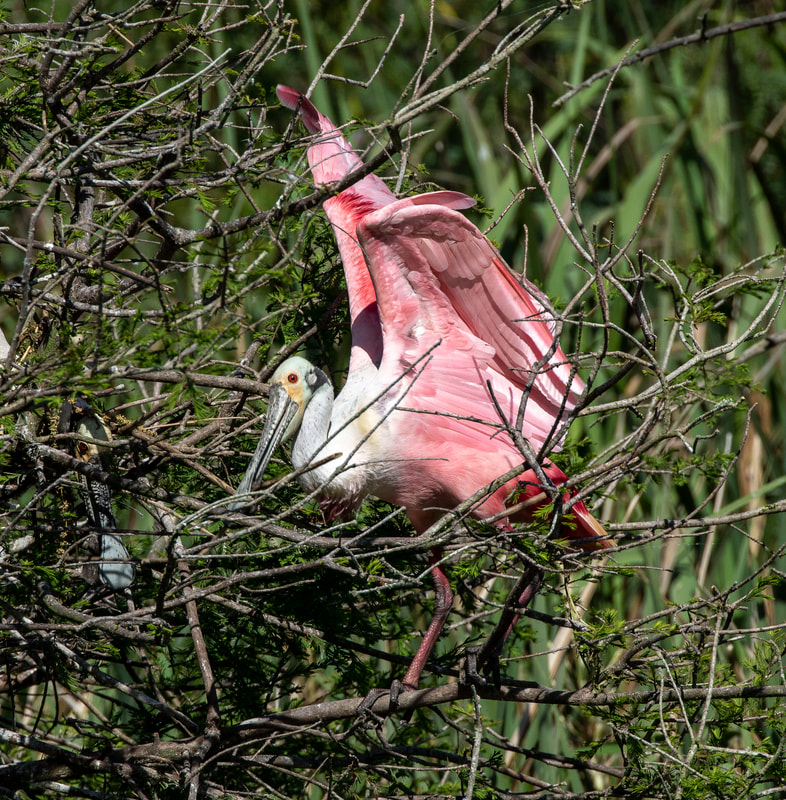
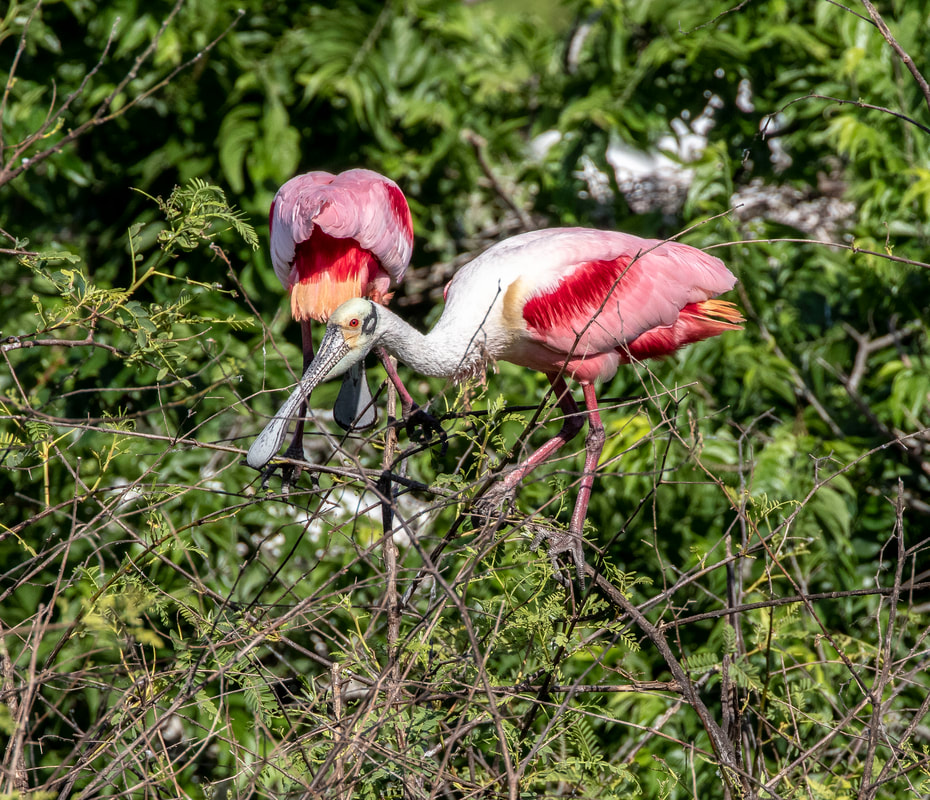
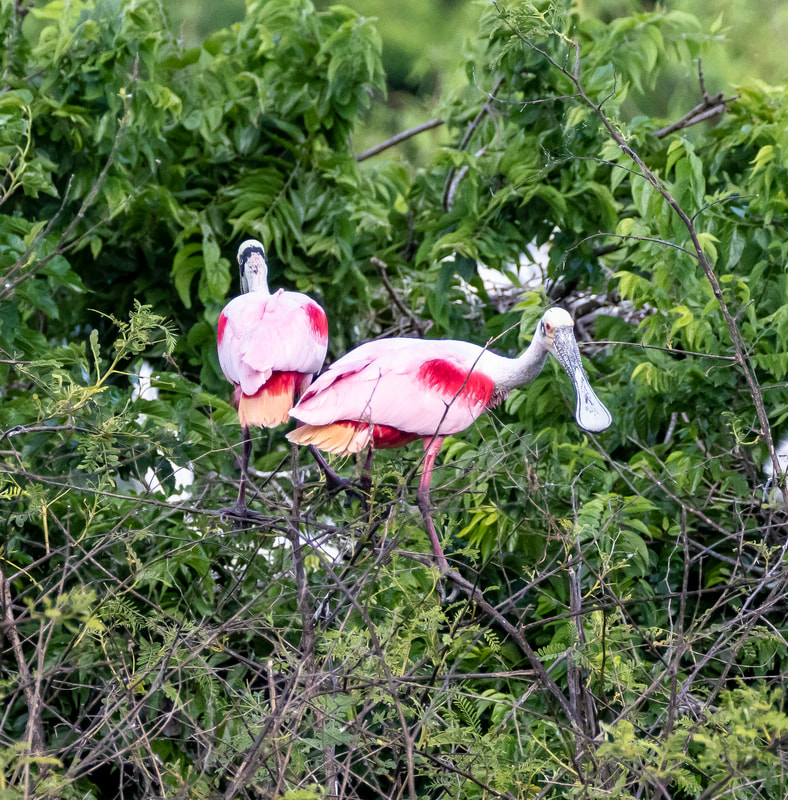
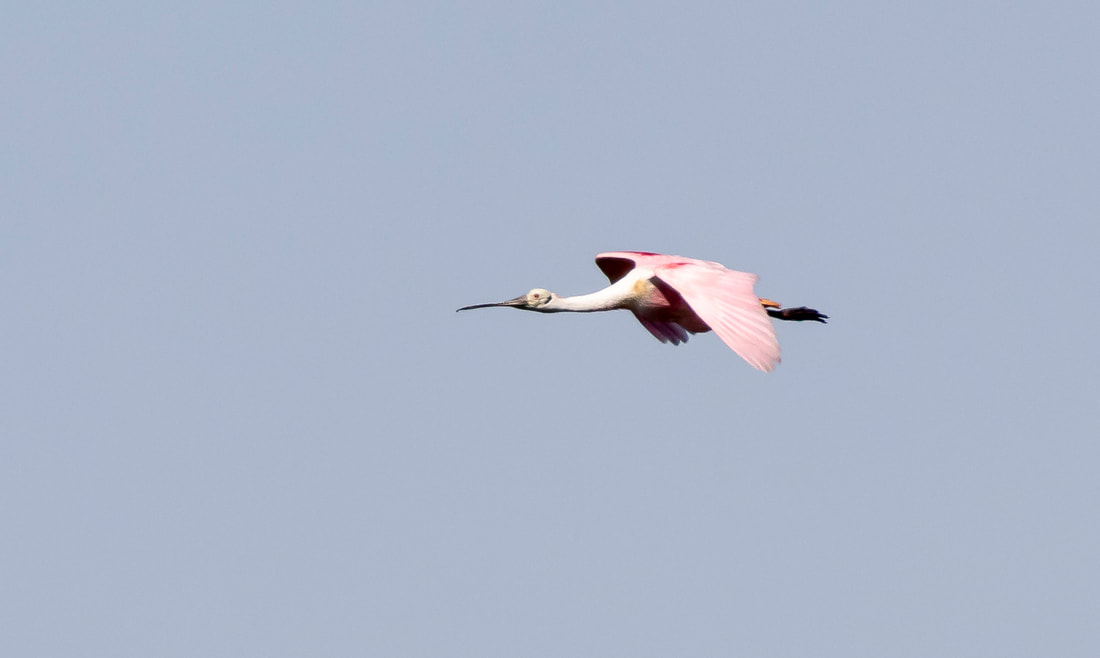
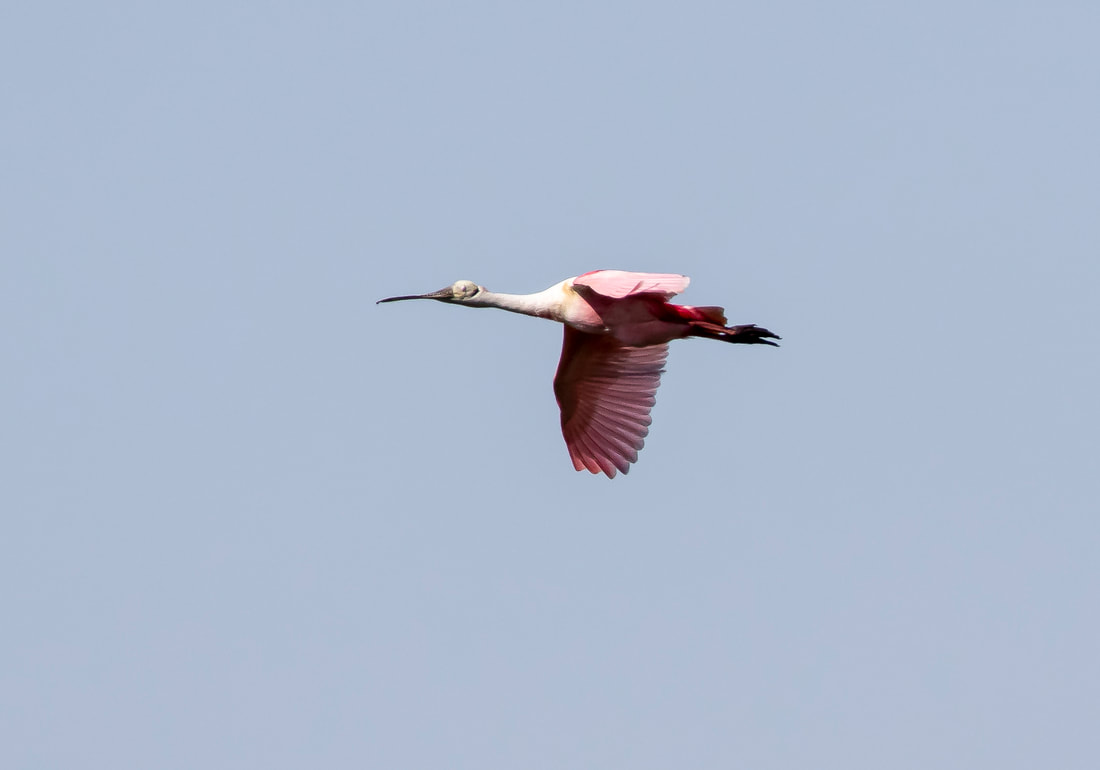
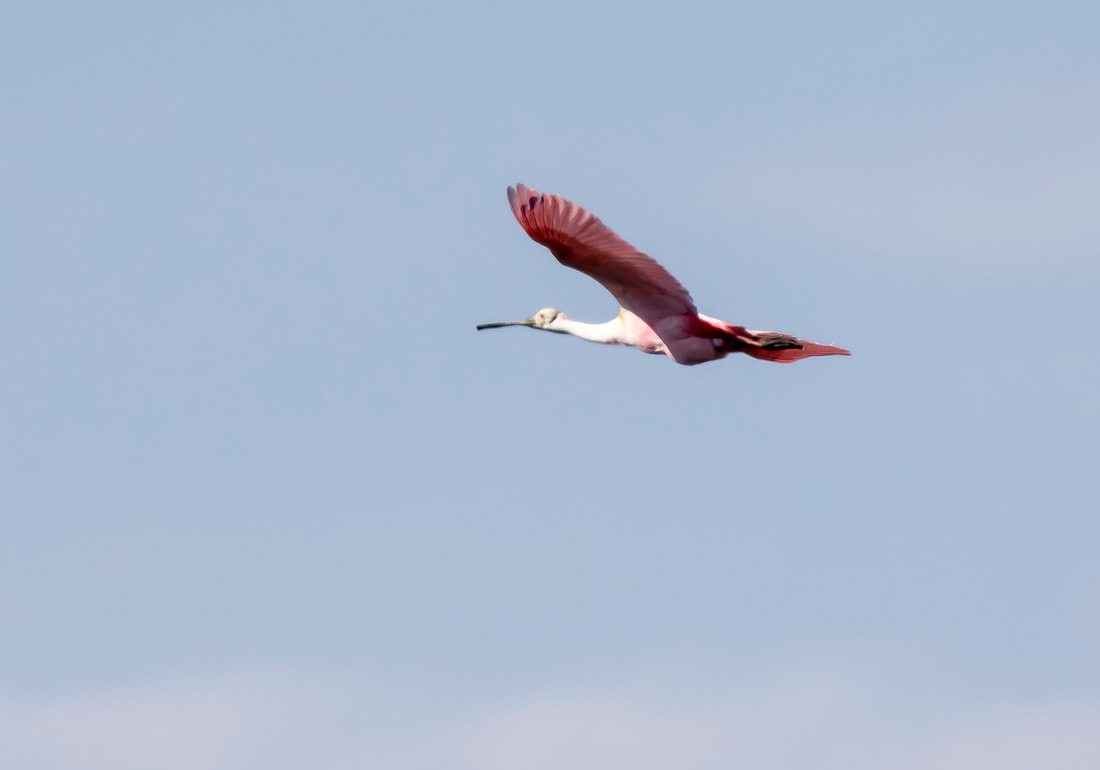
 RSS Feed
RSS Feed